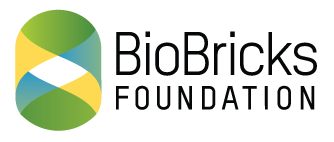
Frequently Asked Questions
Hidden
What is the Public Domain Chronicle (PDC)?
Public Domain Chronicle (PDC) is a fast, easy, and free way to secure scientific methods and findings for the public domain.
How do I use the PDC?
You fill out a short online form with information on new findings you want to contribute to the public domain. PDC then publishes your submission instantly and verifiably so your contribution enters the public domain the moment you click “Publish to PDC”.
What information is included in a PDC publication?
Every PDC publication contains:
-a description of a scientific finding
-metadata to categorize and contextualize the finding
-reference to a standardized legal tool for contributing the finding to the public domain and granting a license for the publication
How does the “legal tool” of the PDC work?
The PDC legal tool gives everyone very broad permission to work with the data that PDC publications create. The license part of the PDC legal tool is similar in scope to a dedication of copyright and similar rights to the public domain (somewhat like Creative Commons licenses), with two conditions to prevent misrepresentation of what was submitted and abuse of the contributor’s name. That’s enough to enable to copy, back up, translate, aggregate, and otherwise make the most of the data.
How does the PDC keep scientific findings open?
Some new findings may contain patent-eligible “inventions” under one or many countries’ laws. PDC helps keep scientific findings open by publishing, immediately and verifiably, with rich metadata that makes it easy to identify these findings as “prior art” to stop later patent applications. By combining publication with a commitment to keep the finding open and a permissive copyright license for the submission, PDC combines the expediency of defensive publication with the availability of open-access scholarship and the empowerment of open-source licensing.
How does the PDC work in different countries?
Under many countries’ patent rules, publishing a description that teaches others how to use a legal “invention” stops anyone, even the one publishing, from later receiving a patent. Since the America Invents Act, much the same is now true under United States patent rules, with an exception: the one who published can still receive a patent if they apply within one year.
Under either kind of rule, securing findings for the public domain is a race to publish. If a patent-seeker applies for a patent or publishes first, a patent can keep the finding closed for twenty years or more. If anyone contributes to the public domain first—creating “prior art” that others can find later—the work stays open, even if someone else made the same finding earlier.
PDC publications meet all the publication requirements for patent-stopping prior art under United States and European patent rules, as well as the rules of many other countries. The public license in the PDC legal tool enables others to republish to meet other countries’ prior art requirements, such as publication in the country, or translation into the local language.
